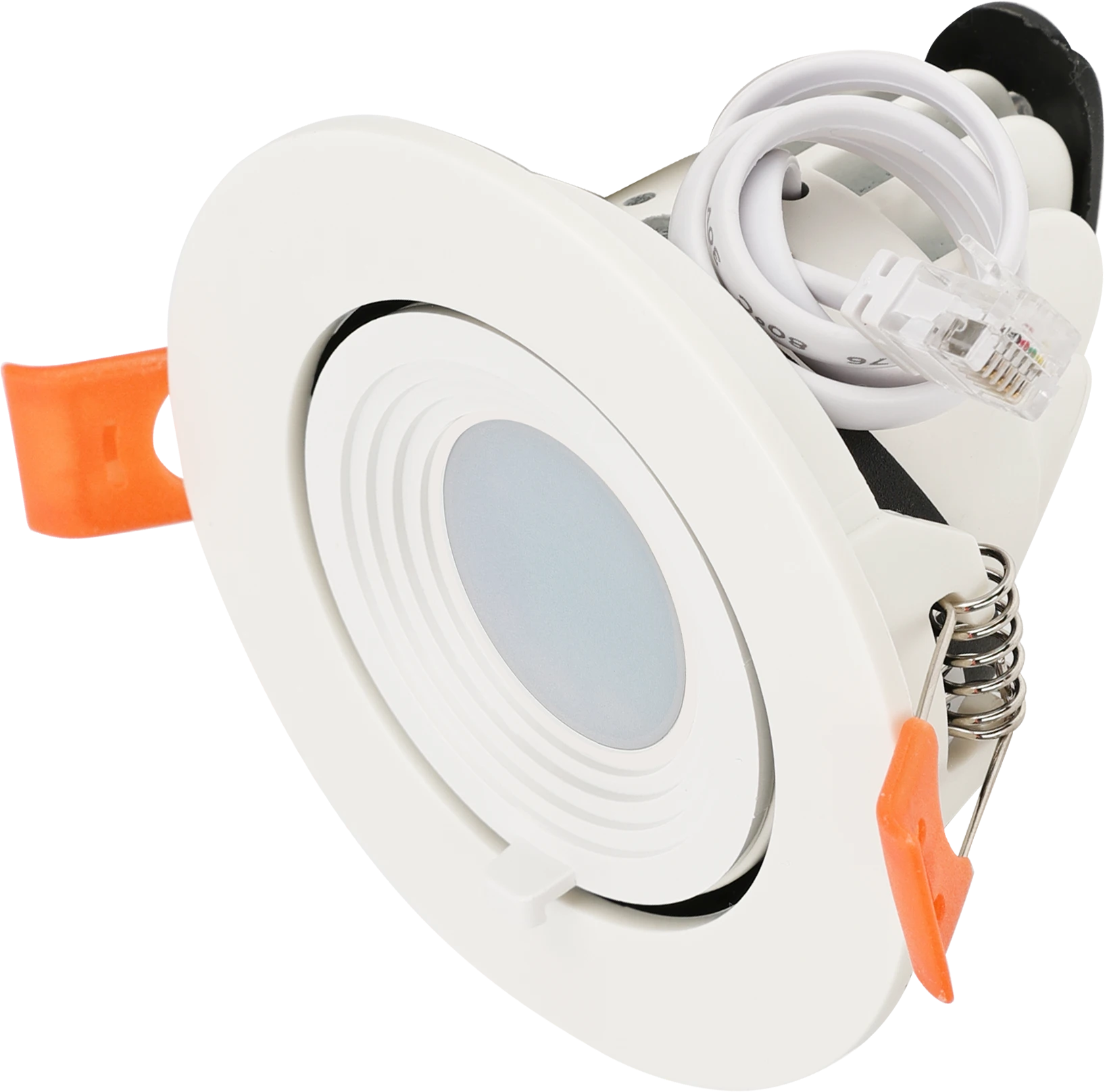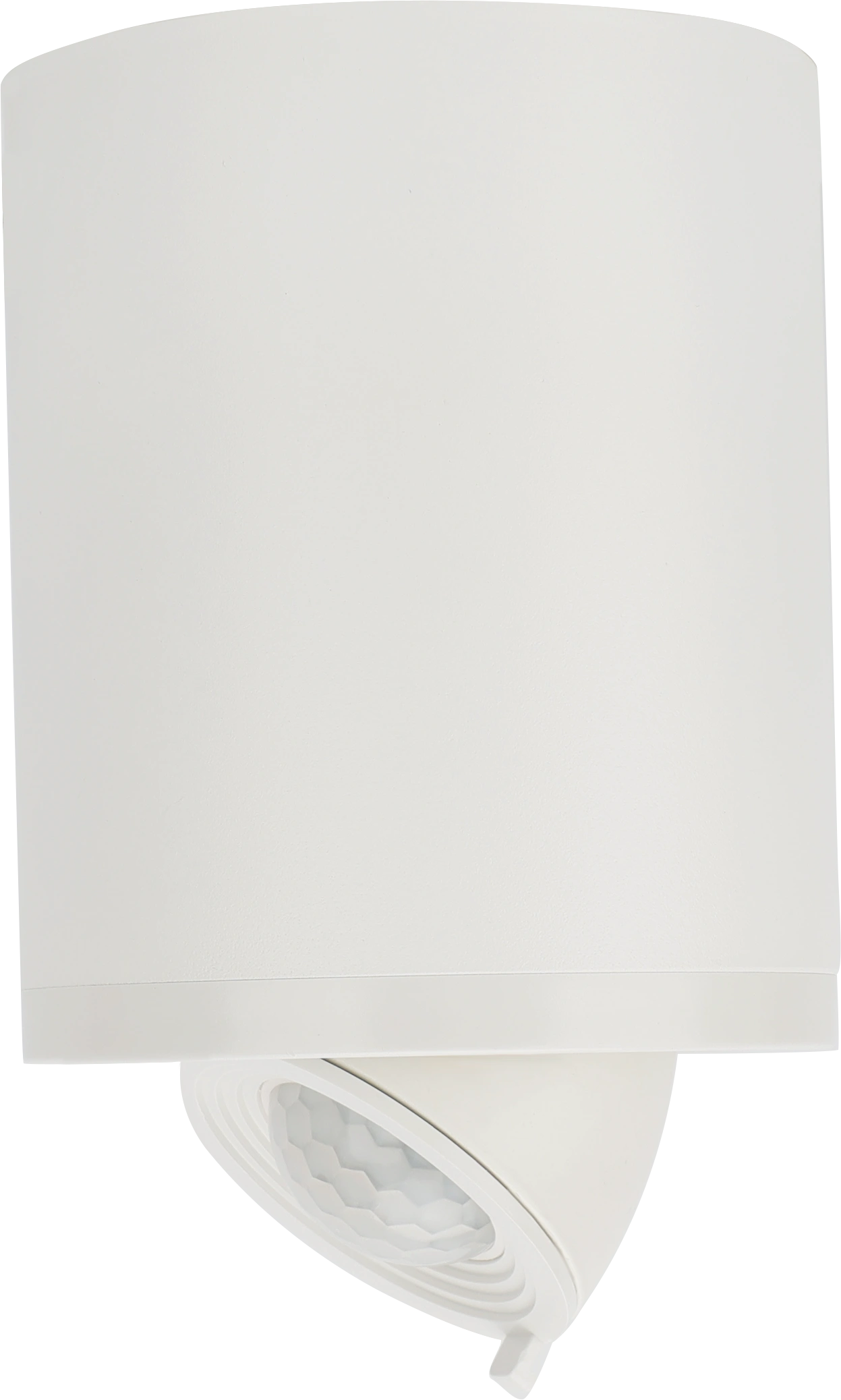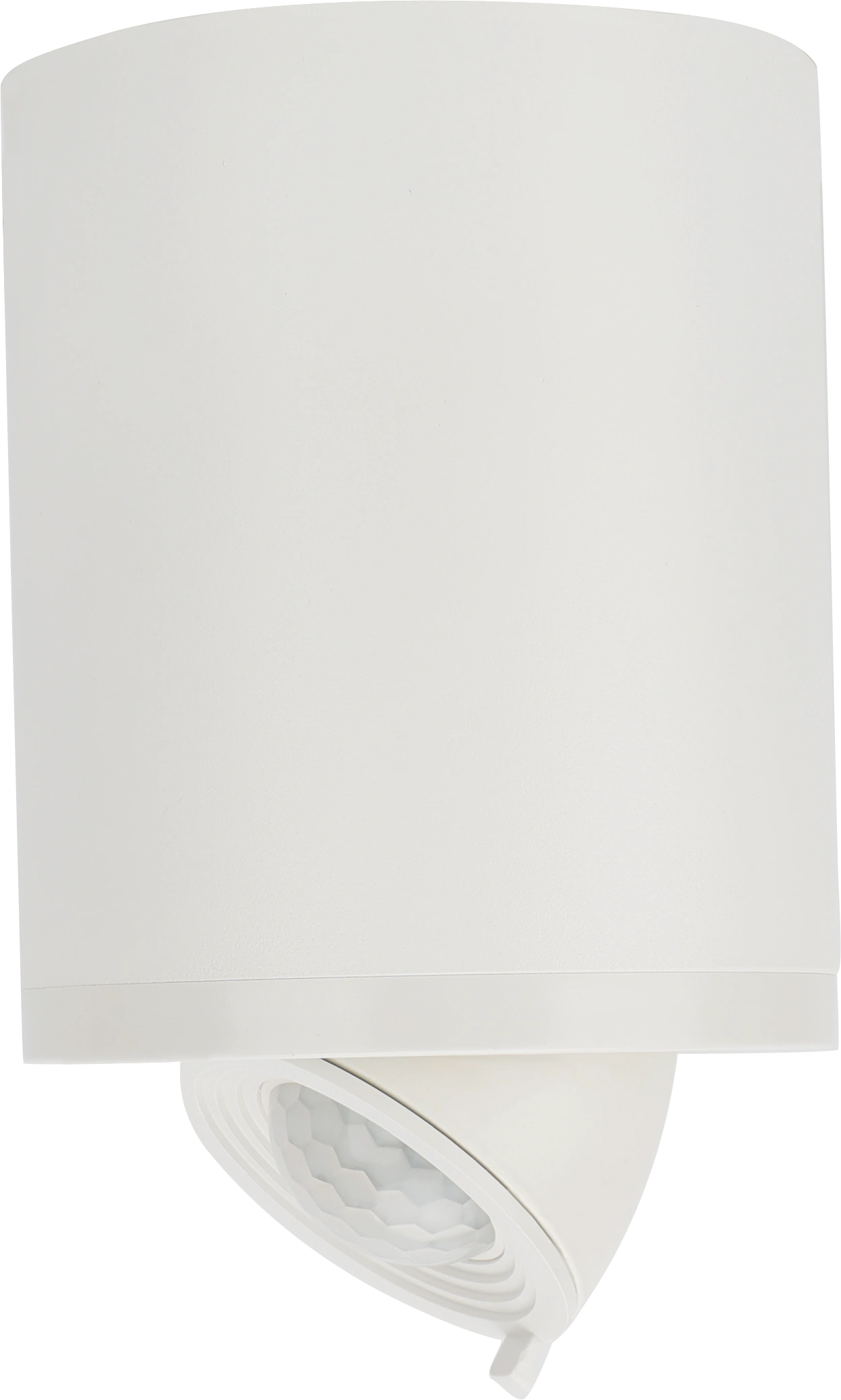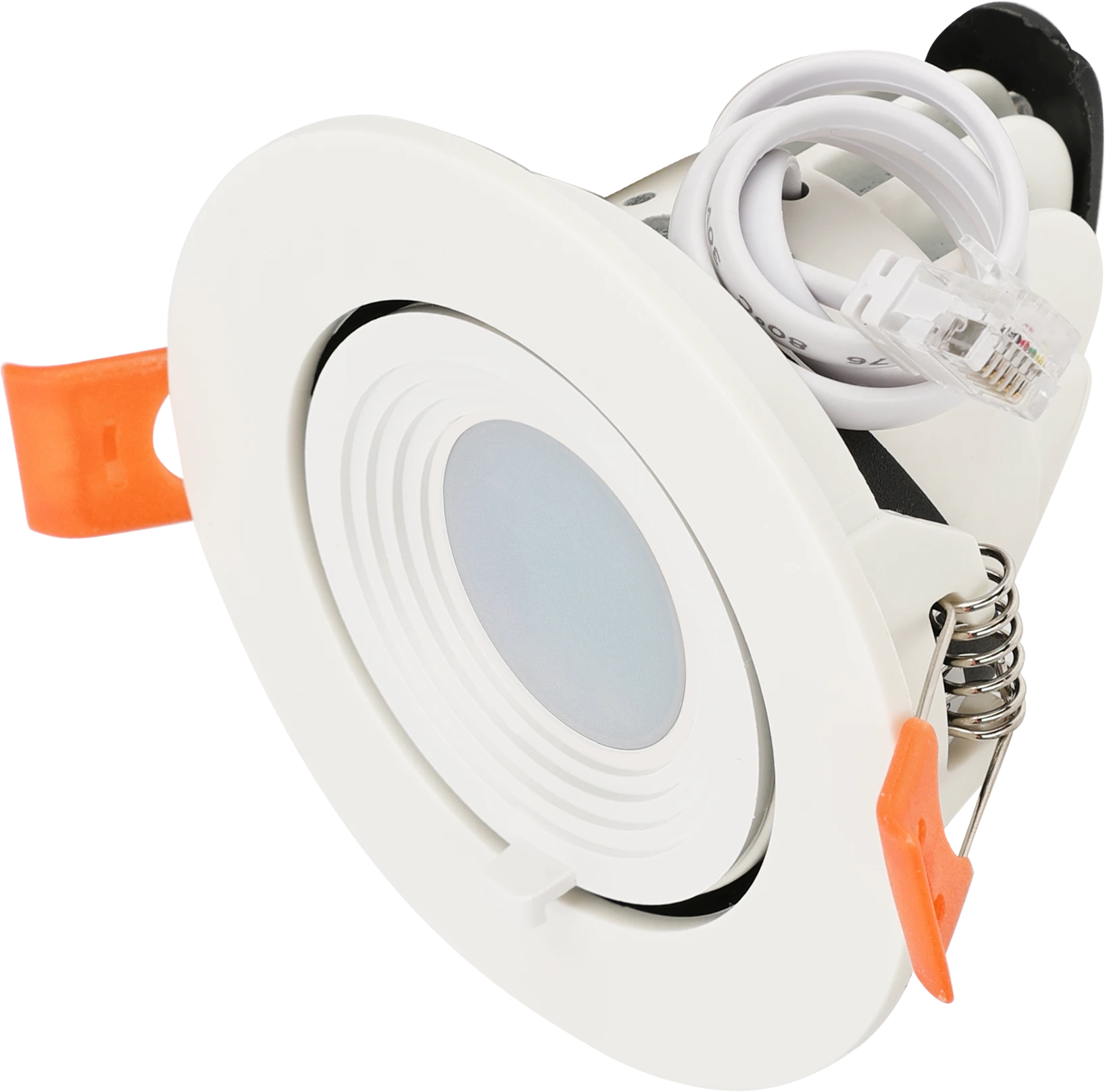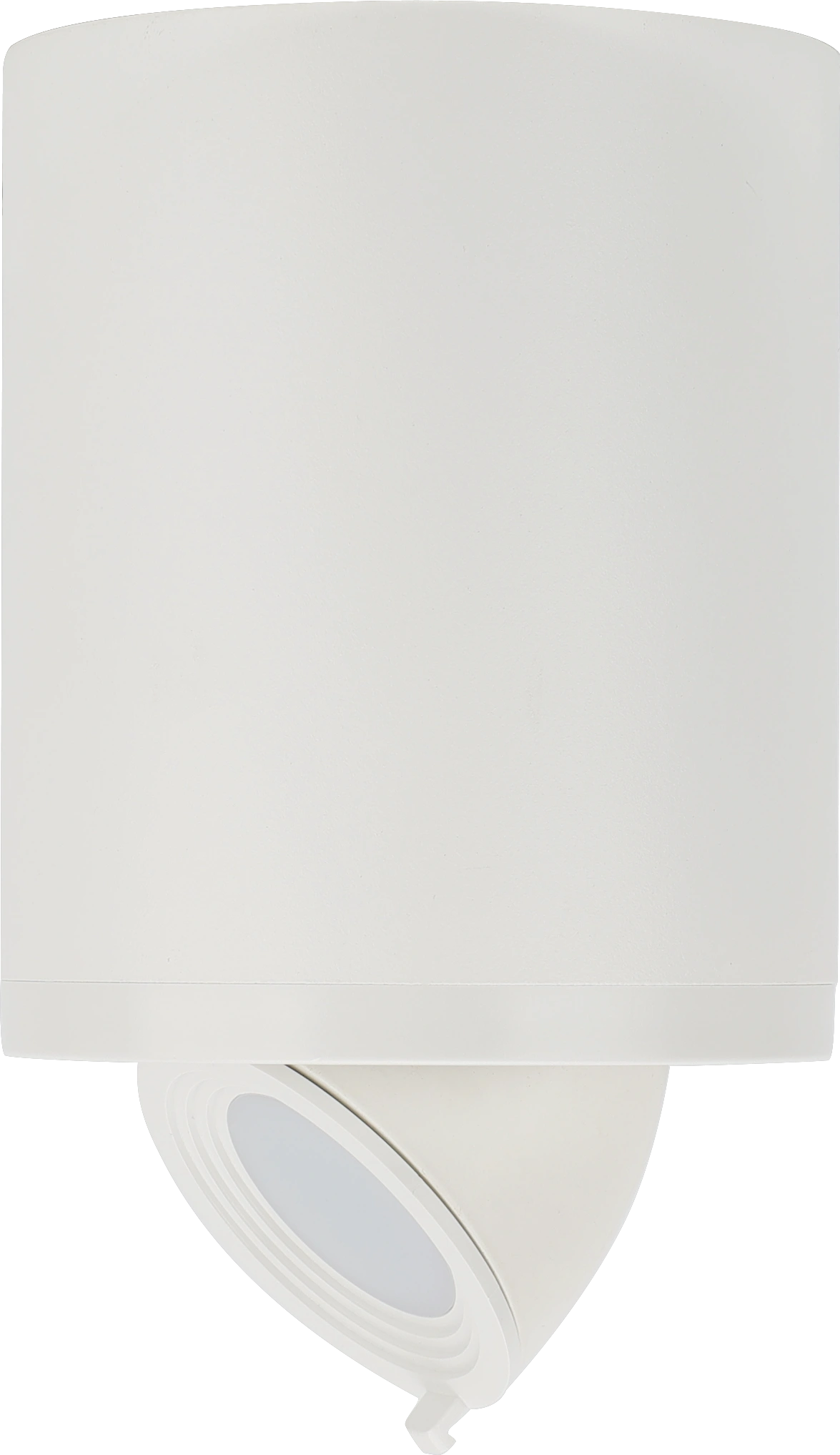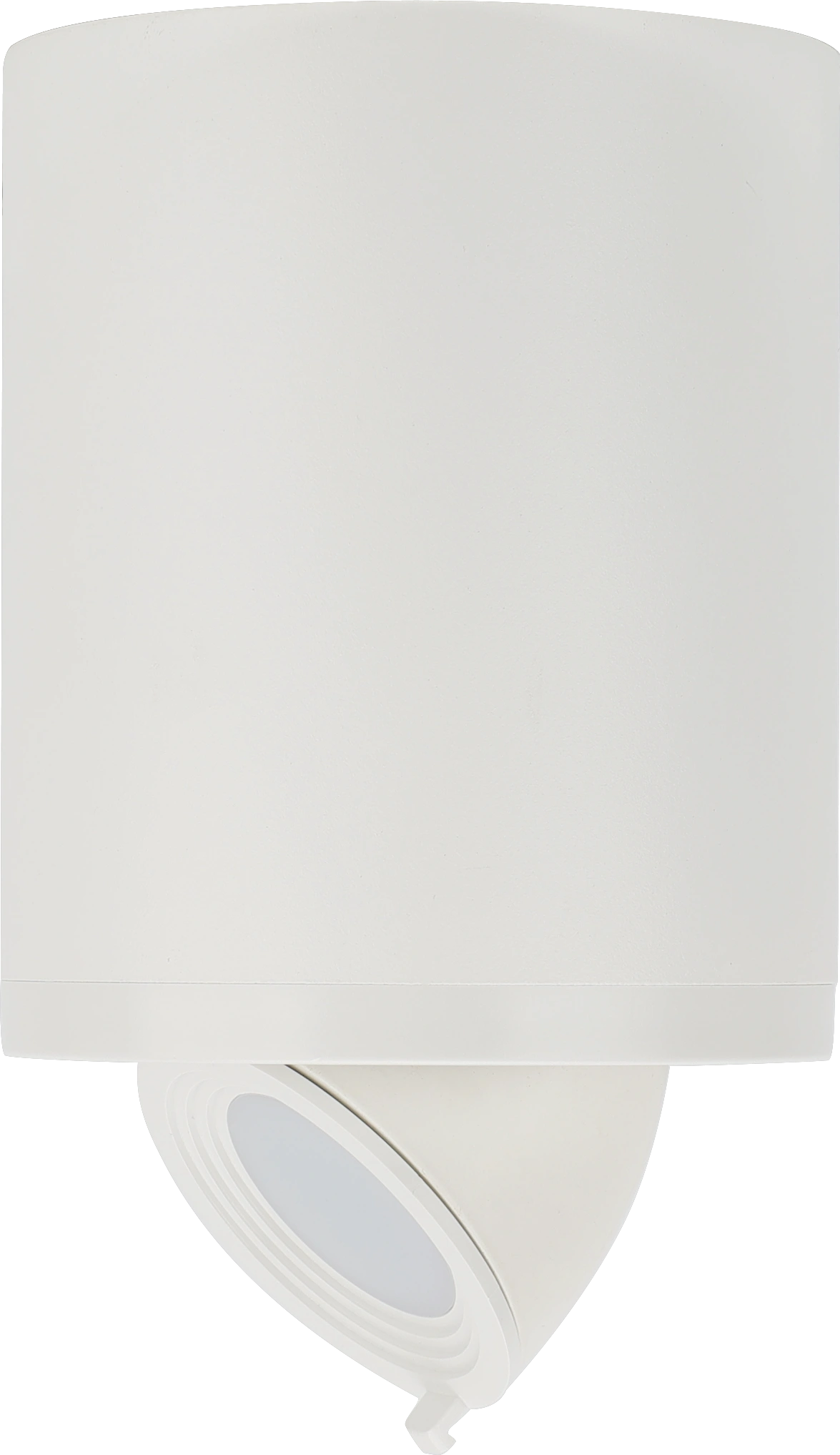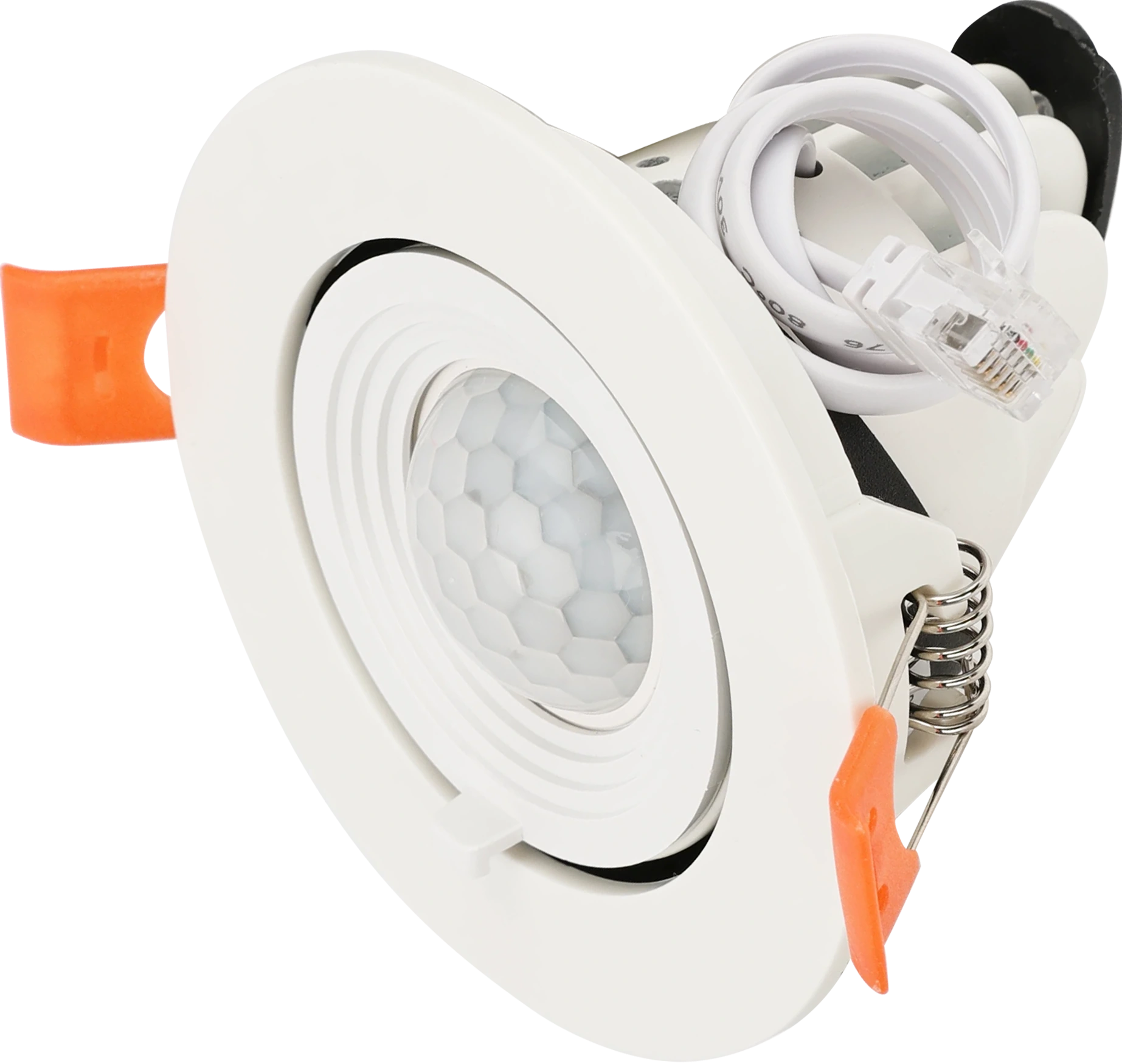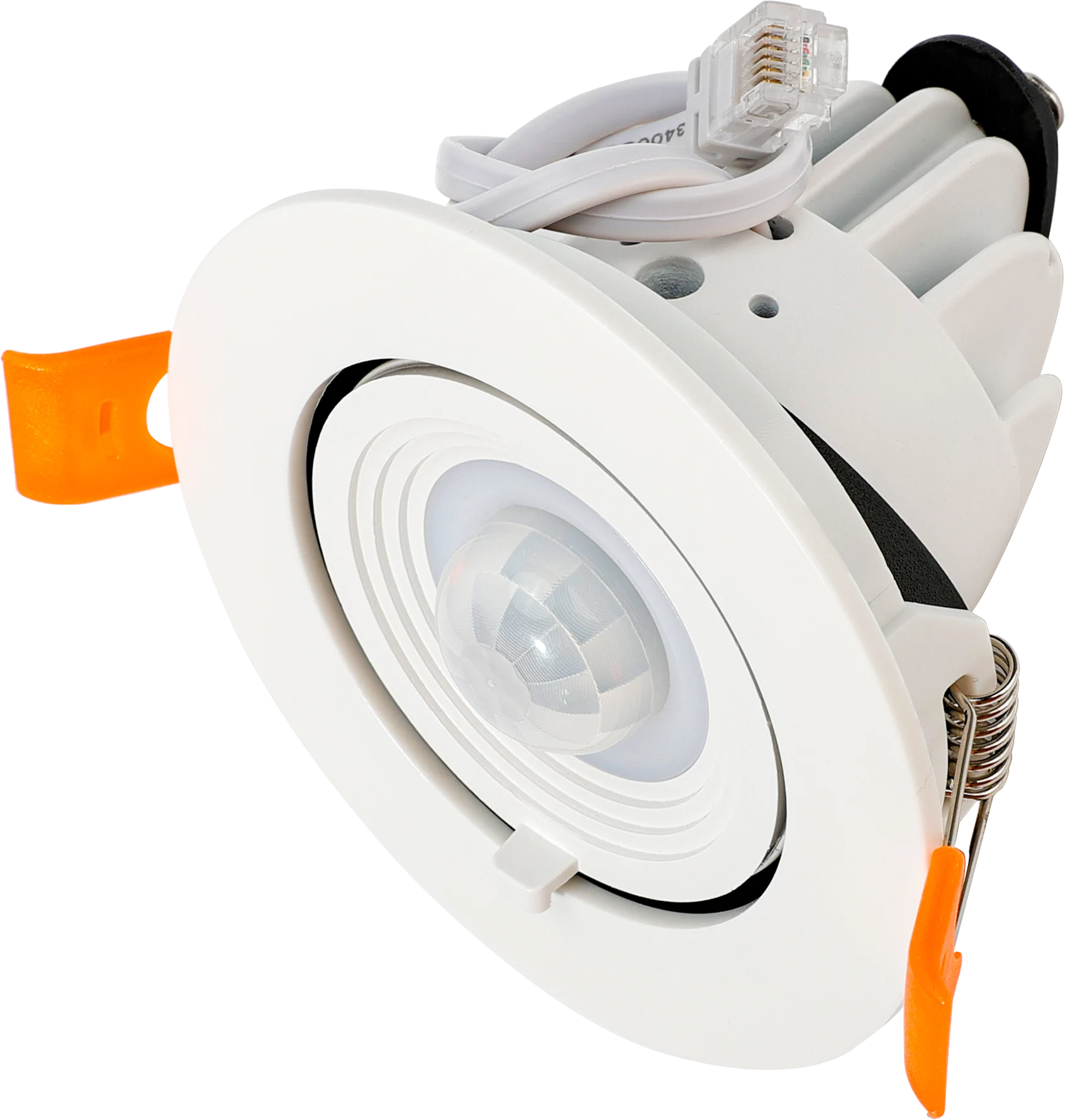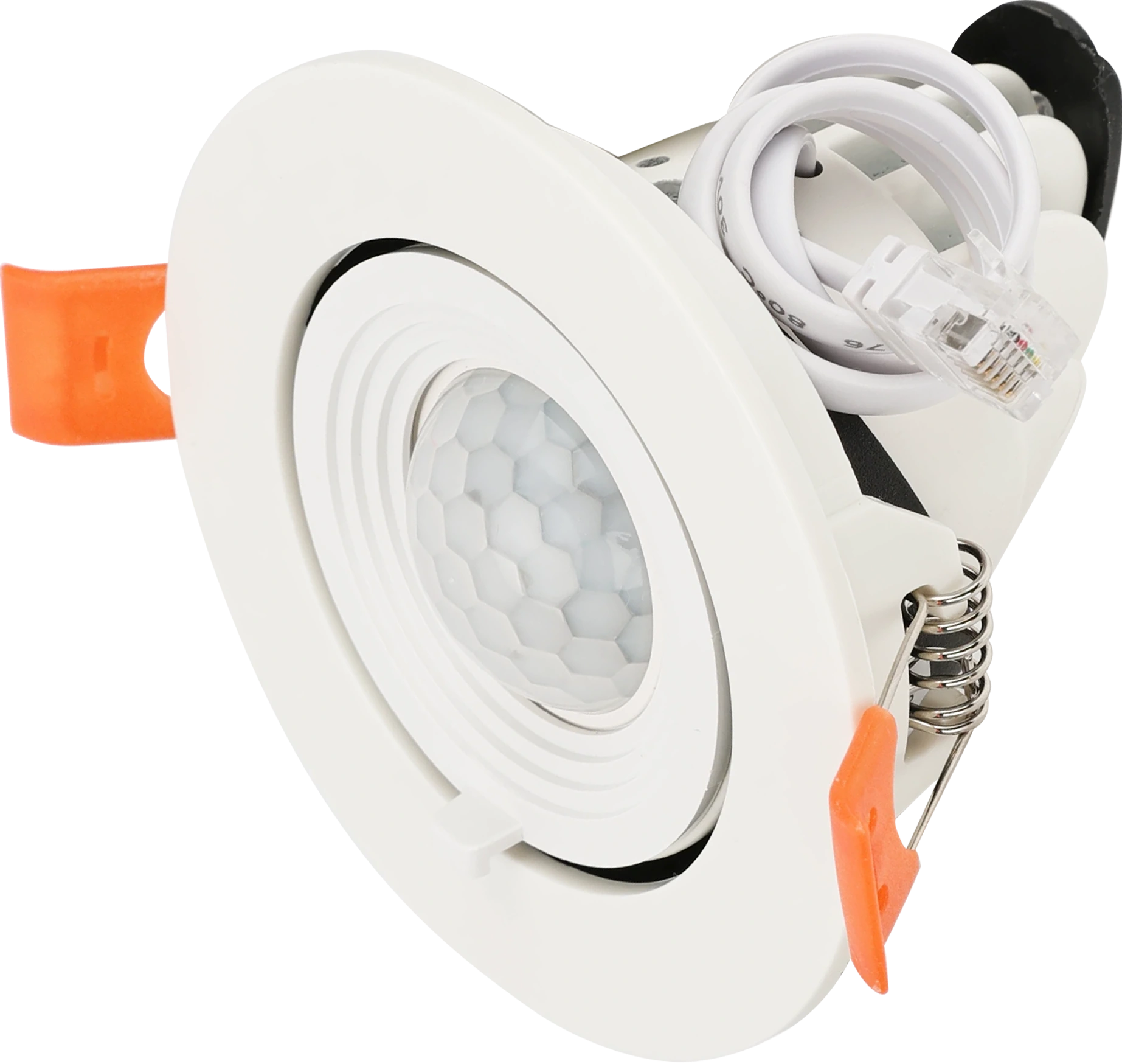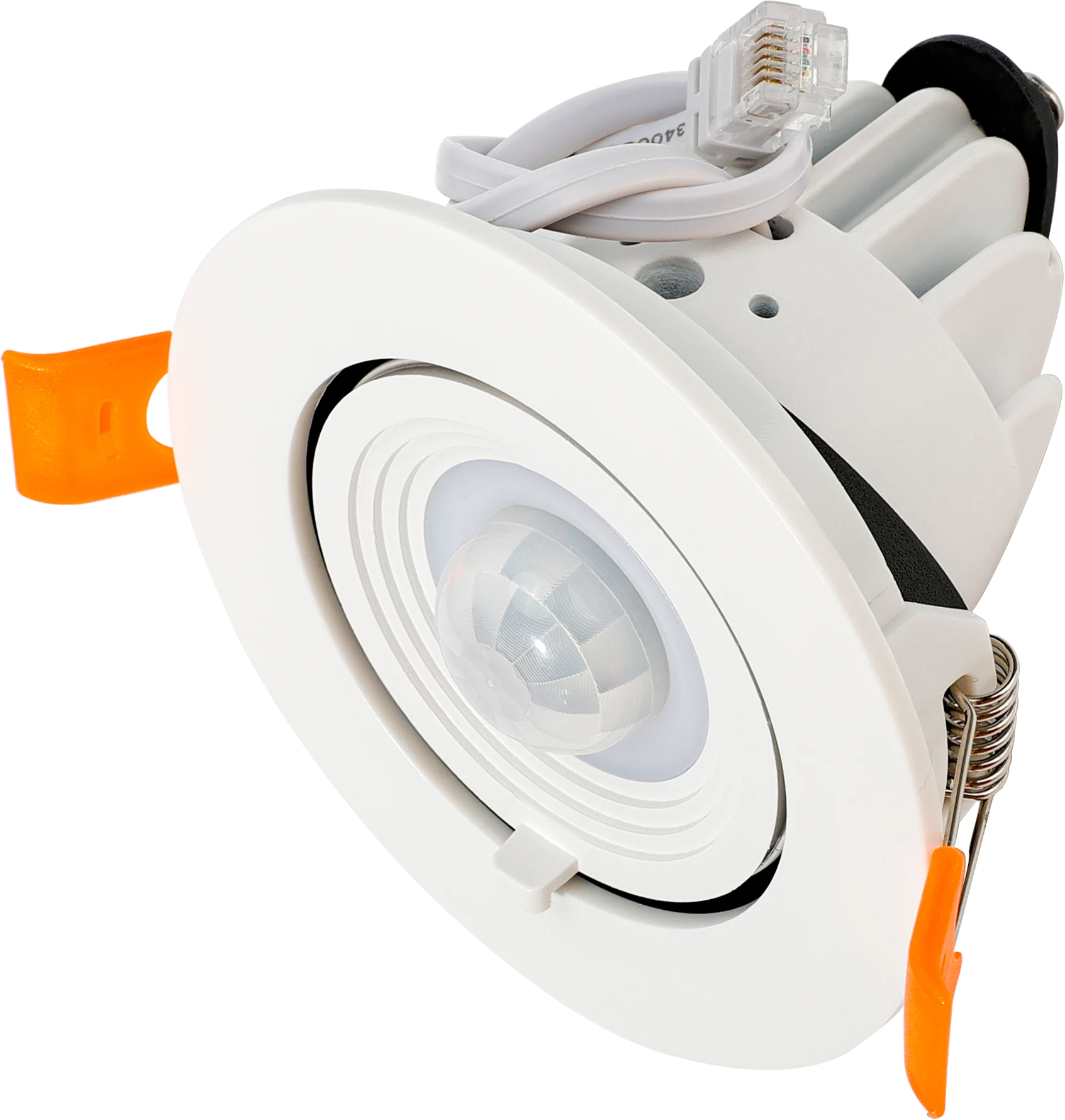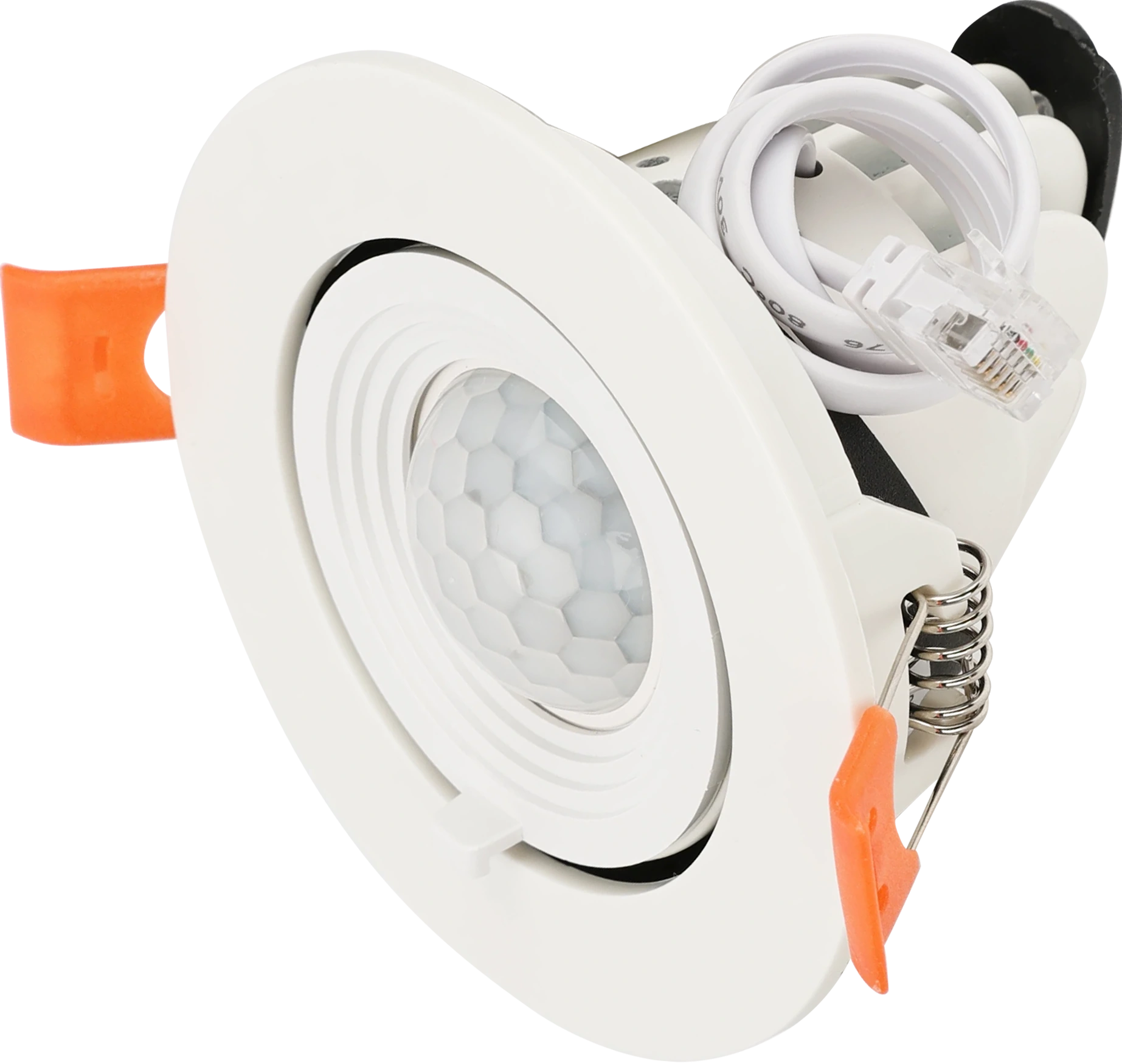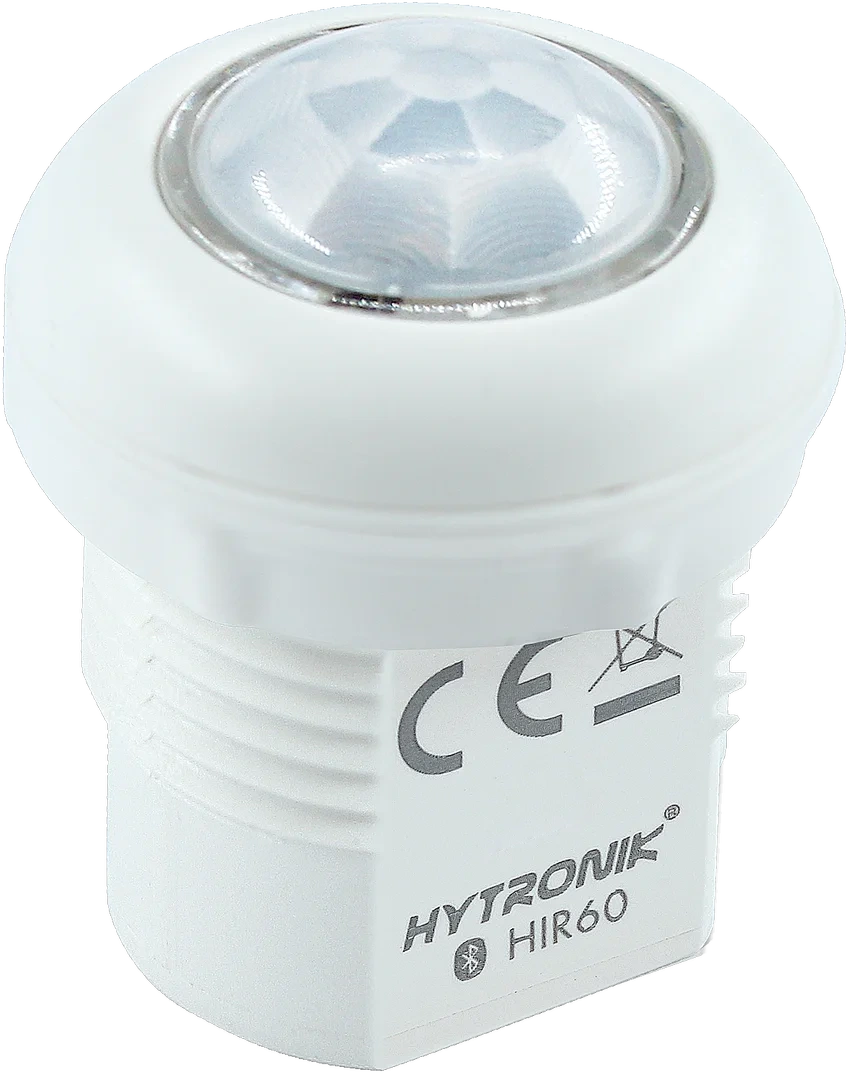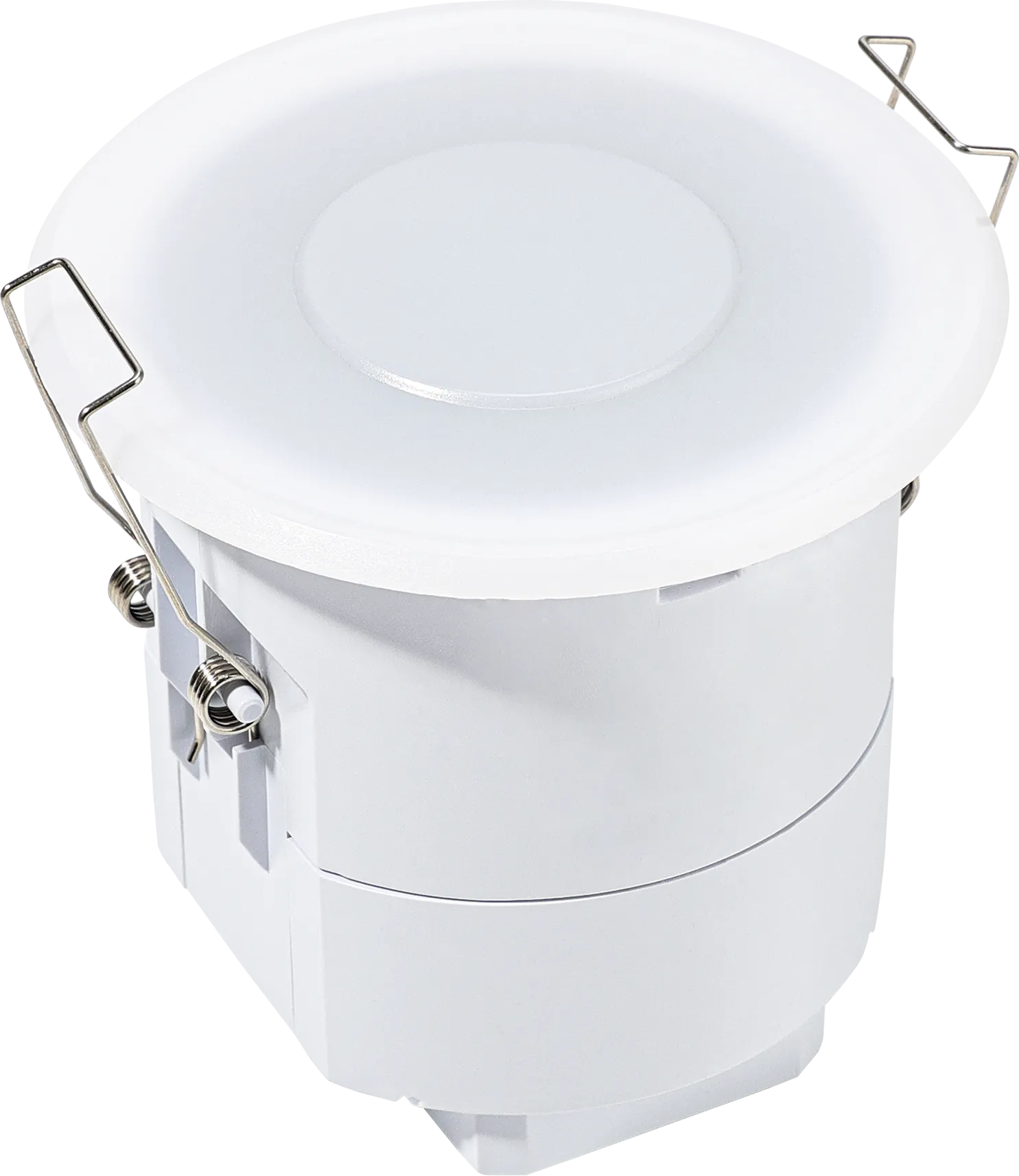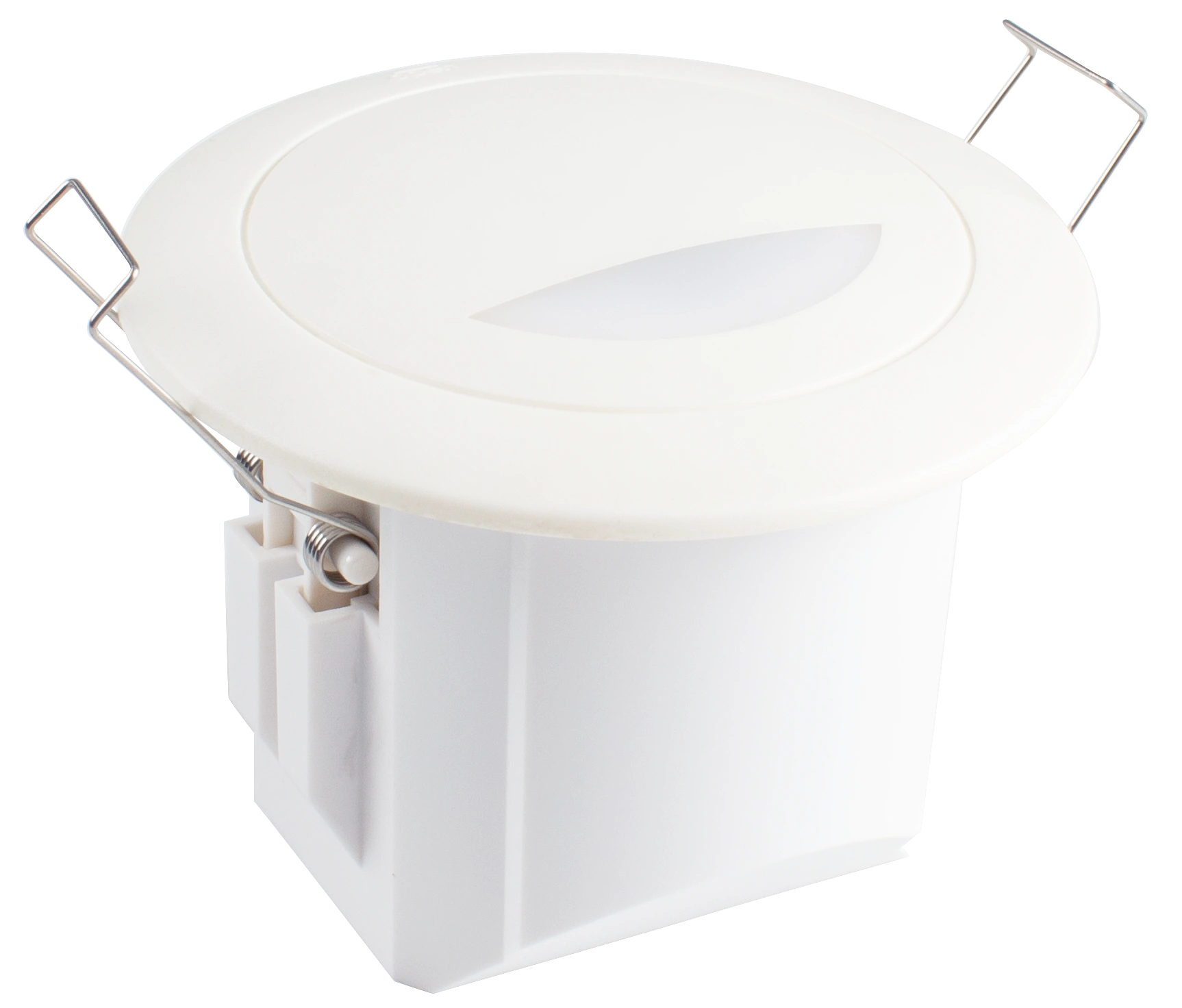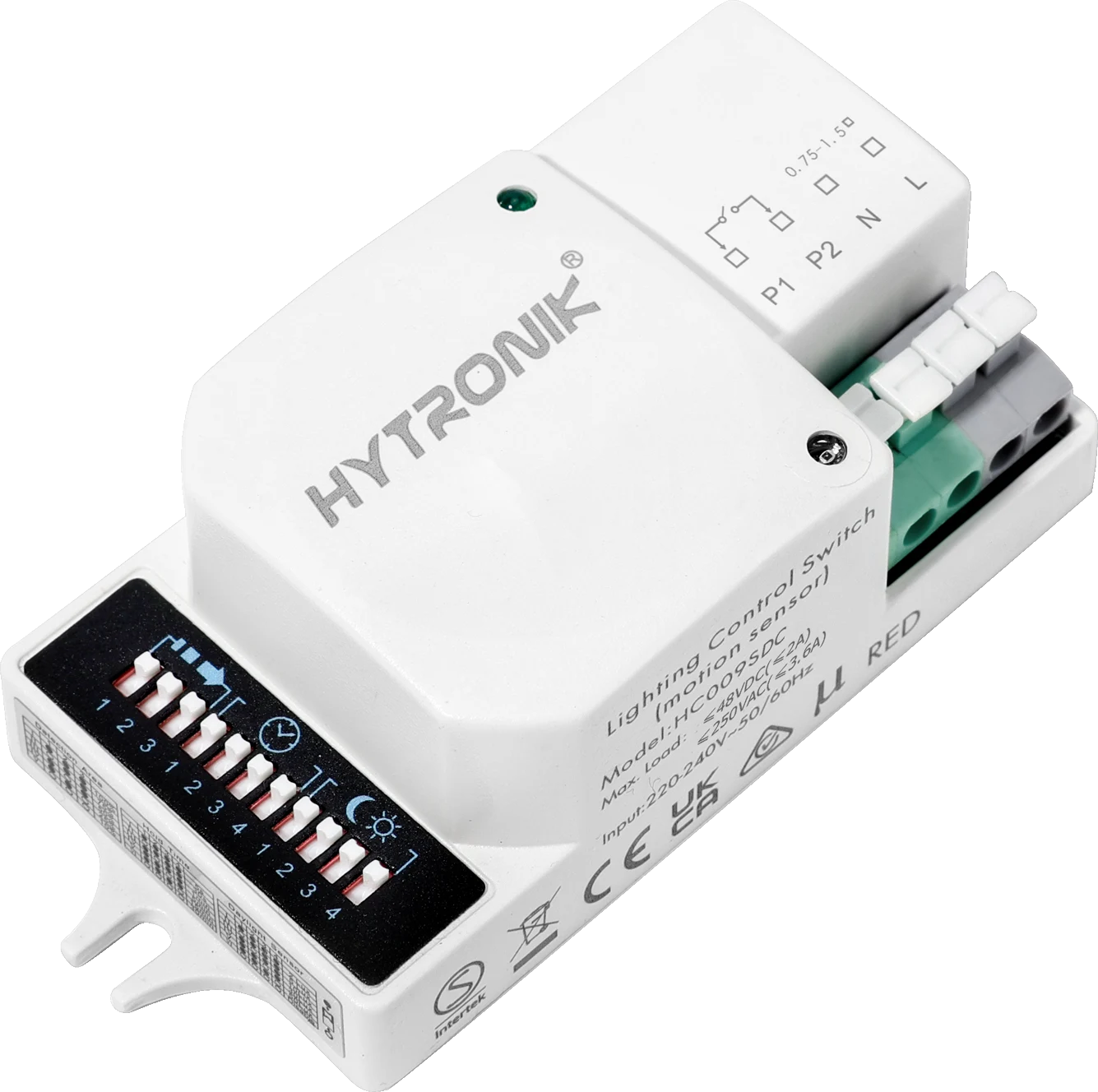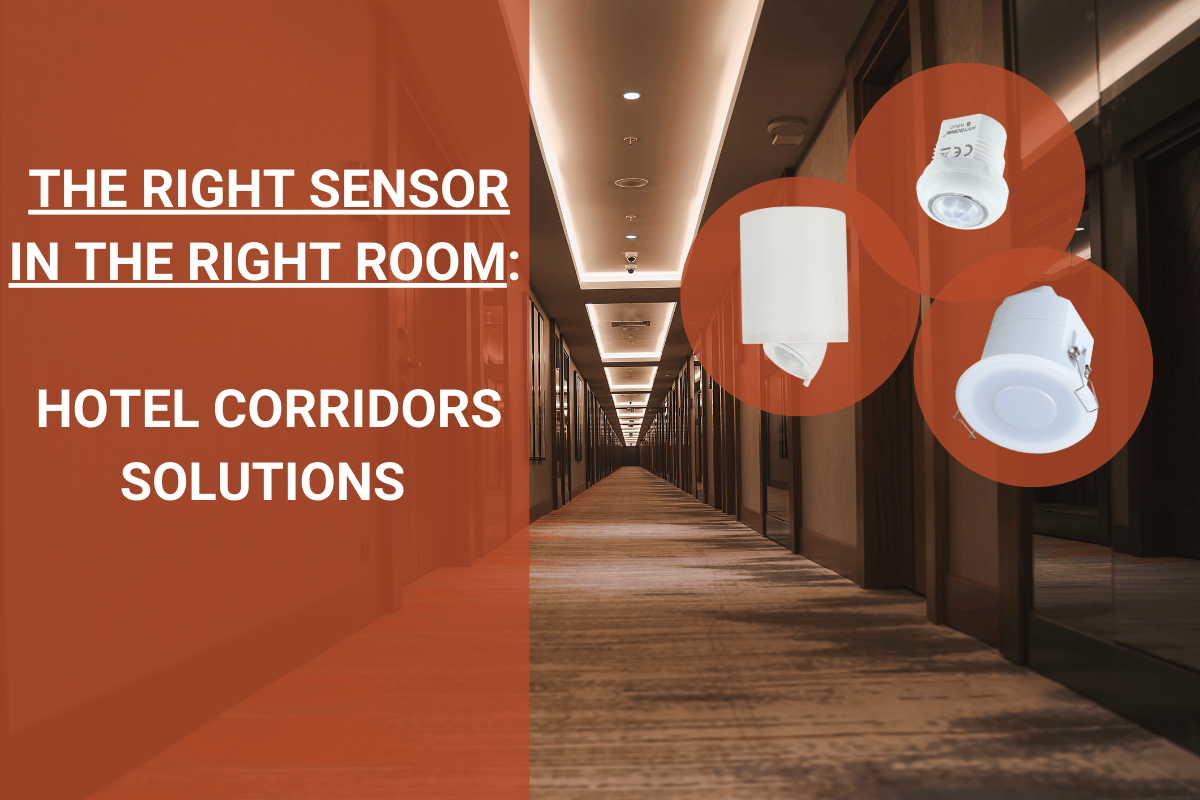
THE RIGHT SENSOR FOR HOTEL CORRIDORS
Looking for quick solutions? Scroll down to discover 3 options: a simple one, another that adapts to any movement, and an extra bonus with a concealed sensor. But if you’d like to understand why choosing the right sensor for hotel corridors is essential, keep reading.
Imagine this: a guest walks through a hotel corridor and feels something is off. They can’t quite put their finger on it, but the atmosphere doesn’t feel welcoming. Too much light? A glare when opening the door? Dark areas? You, as a lighting specialist, know that something technical is failing.
The problem is clear: there are basic on/off luminaires in place, and the system needs an upgrade. Where do you start? With a retrofit solution that transforms everything.
But choosing the right sensor for hotel corridors isn’t as simple as it might seem. You can’t just apply the same solution you used in an office or a school corridor last month.
Hotels have unique needs. And if we don’t get it right, guests will notice, even subconsciously, and the hotel will pay the price: bad reviews, uncomfortable guests, and a direct hit to bookings.
So, why are hotel corridors special?
Hotel corridors have unique features that set them apart from any other space:
• Long and narrow: Designed to connect many rooms, these corridors require sensors with specific range and coverage.
• No natural light (in most cases... interesting, isn’t it?): They are indoors and require constant lighting throughout the day.
• Impeccable aesthetics: Functionality isn’t enough here. Everything, including the sensors, must integrate seamlessly with the hotel’s design.
• Dynamic scenes are required: Lighting must adjust according to the time of day, traffic, or hotel activities, ensuring the right level of light at all times.
• Additional courtesy LED lights above room doors: Ideally, these should be configured independently using specific nodes and advanced control systems.
• Constant and unpredictable traffic: Unlike an office or school, hotel corridors see movement at all hours, even late at night.
• Privacy and comfort: Lighting near guest rooms needs to be gentle and adjustable to respect guests’ tranquillity.
And as if that weren’t enough, everything must also be compatible with the hotel’s existing system.
The key to choosing the right sensor for hotel corridors?
Think about guest comfort and the tailored control solution that enhances their experience.
Here are 3 retrofit solutions with sensors for advanced corridor control in hotels:
1- Simple Solution - Adjustable angle sensors
You don’t need to replace the existing luminaires, and you can make use of the current wiring for on/off functions.
• Cover every corner and eliminate dark spots in long corridors or those with curves, ensuring uniformity and comfort.
• Optimise energy usage in corridors with intermittent traffic: Detect movement and control the lights’ on/off function, reducing operational costs without compromising guest comfort.
• Work without needing integration into systems like DALI or BMS: Though they can be compatible if the project requires future integration.
• Adapt to any corridor configuration: Narrow spaces, curves, or intersections—saving time and the number of sensors needed to cover complex areas.
• Easy installation and configuration with Koolmesh app: Simplifies technical work and allows for remote control.
• Advanced control for modern projects: Take advantage of natural light, adjust circadian lighting, or connect via Bluetooth based on the hotel’s needs. *You’ll need control wiring.
2- Adaptable solution - Add a Bluetooth sensor per luminaire
You’ll replace the luminaires, improve dimming, add courtesy lights, and more – all without the need for rewiring.
• Synchronised and uniform lighting that covers the entire corridor: Each luminaire with a sensor responds to movement, ensuring immediate lighting and maintaining uniformity with no dark zones.
• Compact Bluetooth sensors that integrate directly into the luminaires.
• Sensors with Bluetooth that can be placed near the luminaire, depending on the design needs.
• Advanced control with Koolmesh: Adjust light levels, create scenes, and schedule timings, considering circadian rhythms and occupancy levels.
• Installation without additional wiring: Bluetooth communication eliminates the need for extra cables.
• Compliance with regulations: These sensors optimise electricity consumption and help hotels meet sustainability standards like LEED, BREEAM, or energy efficiency certifications.
3-Advanced aesthetic solution-Concealed sensors for hotel corridors
Ideal for older hotels or those with complex structures, avoiding invasive work and additional cabling.
• Discreet design prioritising corridor aesthetics: Easy installation in false ceilings or luminaires, ensuring a clean and modern finish.
• Ensure precise movement detection in long corridors: Advanced technology (microwaves, photocells) ensures precision without compromising design.
• These sensors communicate with each other: Extend coverage along long corridors and efficiently connect open spaces.
• Take advantage of natural light: Automatically adjust lighting based on ambient light levels, saving energy.
• Compatible with various systems: Integrate with Bluetooth, volt-free (dry) contacts, or DALI for flexible and scalable projects.
• Dual control for different types of lighting: With dual-channel sensors, you can independently configure both the general corridor lighting and the courtesy lights above the doors using Koolmesh.
• Automated energy efficiency: Detect movement and synchronise lighting to optimise consumption in areas with variable traffic.
We’ve shared three sensor solutions that can transform your hotel’s corridor lighting. But we know every project is unique. If you have any questions or need guidance, we’re here to support you every step of the way. Write to us, and together we’ll find the best solution for your hotel.

